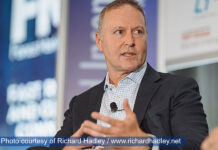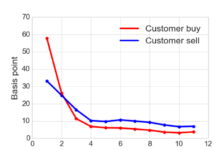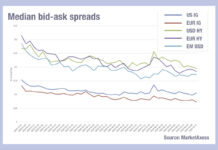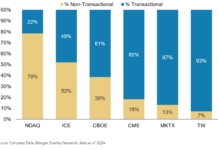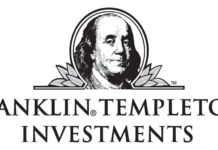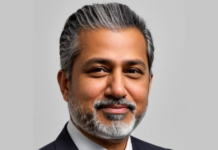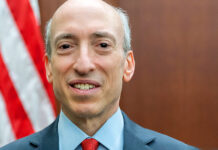By Sobia Hamid.
On average buy-side fixed income desks pushed US$2.1 million of additional budget into technology in 2016, according to new research from analyst firm Greenwich Associates.
Asset managers’ fixed income trading desks saw the proportion of budget for compensation and technology expense swing in favour of IT, which increased to 37% up from 30% in 2015. Proportionate spend on headcount commensurately fell to 63% in 2016 from 70% in 2015. The average fixed income desk has a budget of US$30.3 million.
The report authors suggest that in fixed-income, electronic trading will account for 40% or more of total global volume in 2017, and trading desks are investing in technology accordingly to ensure they stay one step ahead.
“We are seeing increasing use of electronic trading products, with a variety of vendors allocating greater investment here,” says Kevin Kozlowski, institutional analyst at Greenwich Associates and author of the new report. “In the short term the larger focus is on technology to accommodate the increased use of electronic trading in bond products. From a headcount perspective, as there is lots of variation and products, some bond products are impossible to trade electronically, so human input will still be required.”
The research, based on interviews with 270 buy-side traders across the globe, working on equity, fixed-income and foreign-exchange trading desks, found that foreign exchange (FX) desks had the highest budgets for compensation / technology averaging US$50.7 million, followed by fixed income desks and then equity trading desks which have an average budget of US$20.1 million.
The study reports the largest growth in budget allocation being made to order management systems (OMSs) and execution management systems (EMSs). Whilst this is only 2% in both cases, the financial commitment to OMS and EMS tools is significant. The OMS impacts many stages of the trading process, making adding to or replacing these technologies difficult.
By contrast the proportion of budget assigned to market data terminals fell by 5%, hardware by 4% and risk and analytics by 2%.
“A growing trend is the need for enhancements to existing tools, and customising capabilities of the technologies to specific trading needs and activities. What we see is that firms are re-evaluating their usage of other tools, such as market data terminals and feeds, to increase spend on enhancing tools that are more urgently needed,” says Kozlowski.

